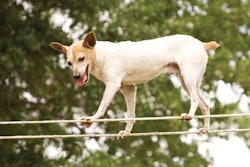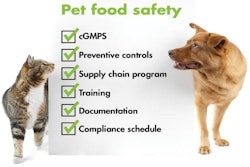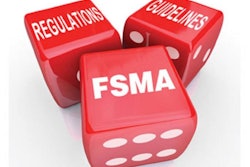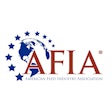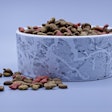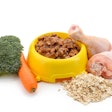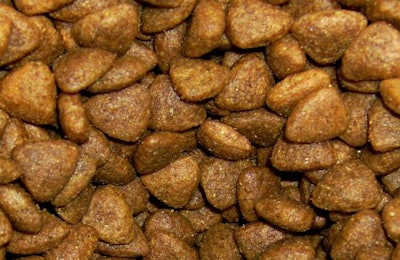
Back in August 2015, the US Food & Drug Administration (FDA) announced that it would no longer offer pre-market review of documentation for substantiation of "human-grade" claims on pet food labels. While it was never mandatory for a company to submit to this review process, it proved helpful to some, particularly to state feed control officials who could defer to FDA's judgment in these matters. Now with FDA out of the picture, each state has to decide how it intends to deal with the claims.
The Association of American Feed Control Officials (AAFCO) has had a rudimentary policy in place for a number of years as posted on its "Business of Pet Food" website (www.petfood.aafco.org). However, it was determined that more explicit and specific guidance would be needed going forward, for the benefit of both industry and regulators.
As a first step, AAFCO has established a new official feed term. It was accepted by the Ingredient Definitions Committee at the AAFCO meeting in January 2016:
Human Grade (handling specification): Every ingredient and the resulting product are stored, handled, processed and transported in a manner that is consistent and compliant with regulations for current good manufacturing practices (cGMPs) for human edible foods as specified in 21 CFR 117.
In other words, the product must wholly meet all FDA requirements for production of human food. Interestingly, the definition makes reference to a citation in the Code of Federal Regulations (CFR) that doesn't appear yet. The final rule for cGMPs as required under the Food Safety Modernization Act (FSMA) was just published in September 2015, and will be implemented over the next couple of years. It was presumed that by the time this new AAFCO definition is finalized, the new FDA regulations will be in effect.
Also, extremely important to note is that zero reference is made to any United States Department of Agriculture (USDA) requirements. While meat and poultry products for human consumption are subject to continuous inspection by USDA, the agency does not do the same for pet foods (at least, not to the same standard as human foods). So, even if the pet product is produced in a USDA-inspected facility, that fact alone will not be sufficient to substantiate the product as "human grade." Rather, there must be documentation to prove that the facility is wholly compliant with FDA.
As it did with the feed term "natural," AAFCO is currently putting the final touches on a guidance document intended to provide further explanation of the requirements. It is anticipated that this will be completed in time for the AAFCO Annual Meeting in August 2016. It is then the plan for both the new feed term and guideline to go through the rest of the process together as they are enacted by AAFCO and appear in the Official Publication.
The new guideline is expected to cover both production and labeling aspects:
- The term can only be used when in reference to the product as a whole. In other words, it couldn't apply to a product that contained one or more "human-grade" ingredients if it also contained ingredients that were not human grade, or was produced in a manner inconsistent with FDA requirements for food for human consumption.
- Documentation must be sufficient and available for review by regulatory officials to show that each and every ingredient is suitable for human consumption, that the facility in which the pet product is made is licensed or otherwise permitted to make human food, that the manufacturing of the product conforms to human food standards, and that the ingredients and final product is otherwise handled, shipped and stored as per FDA human food regulations.
- The term "human grade" cannot be given undue emphasis on the product label. To that end, any use of the term anywhere on the label cannot exceed the size of the "statement of intended use" (e.g., "dog food" or "for cats") as required on the principal display panel under AAFCO Regulation Pf2(a)(2). Typically, many pet food manufacturers tend to de-emphasize the prominence of the statement while still conforming to the letter of the rule (i.e., that it be "conspicuous"). So, if a company wishes to highlight "human grade," adjustments to the size of the statement of intended use will have to be made accordingly.
While the specifics are yet to be finalized, it behooves any company interested in the claim to take notice of the expected requirements now. A number of state feed control officials currently are demanding documentation to substantiate the claim or will simply deny registration. In fact, some states may not accept the claim at all at this juncture, expressing concerns about authority to inspect facilities making some of these products. Hopefully, those issues can be resolved soon.
For more insights by Dr. Dzanis



